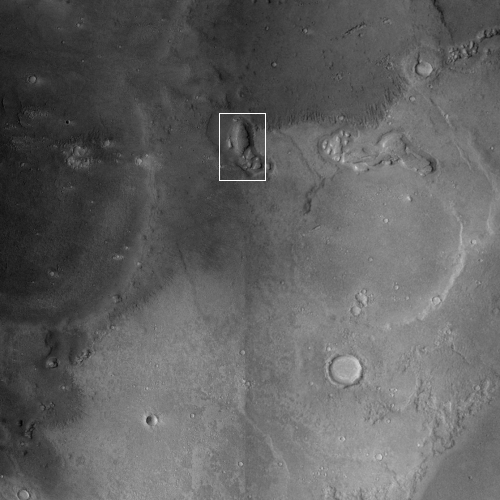Today’s blacklisted American: Conservative commencement speakers at all American universities

Burning witches: What most colleges want to do to conservatives.
Blacklists are back and academia’s got ’em: Though for years universities have routinely favored leftist or Democratic Party politicians in picking their annual graduation commencement speakers, 2021 is turning out to be a record year in academia’s effort to blackball conservatives.
In its annual survey, Young America’s Foundation [YAF] said that of the 100 top schools that have identified their speaker, 37 are featuring notable and national liberals and one a conservative. By comparison to other years, the group said that 2021 may be the worst-ever showing for conservatives.
You can see the full list here [pdf]. As noted at the YAF announcement,
» Read more

Burning witches: What most colleges want to do to conservatives.
Blacklists are back and academia’s got ’em: Though for years universities have routinely favored leftist or Democratic Party politicians in picking their annual graduation commencement speakers, 2021 is turning out to be a record year in academia’s effort to blackball conservatives.
In its annual survey, Young America’s Foundation [YAF] said that of the 100 top schools that have identified their speaker, 37 are featuring notable and national liberals and one a conservative. By comparison to other years, the group said that 2021 may be the worst-ever showing for conservatives.
You can see the full list here [pdf]. As noted at the YAF announcement,
» Read more







